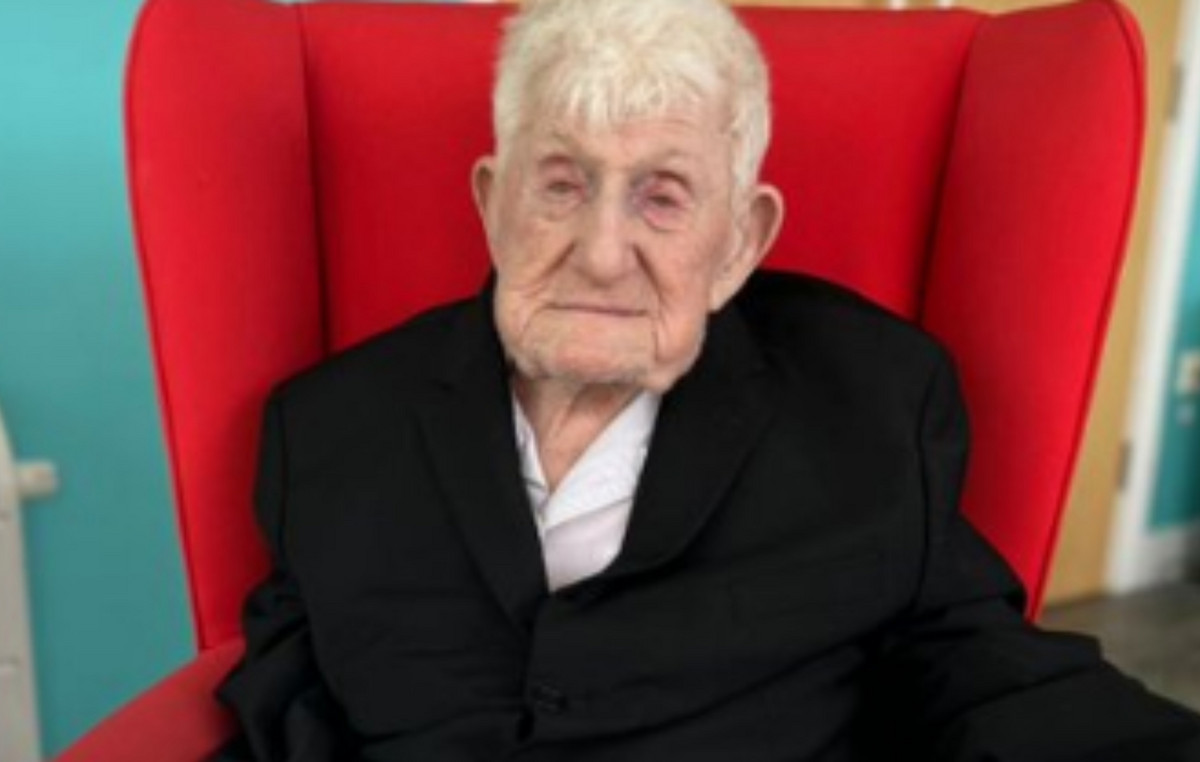Peeling, a word that comes from English and means “to peel”, is an aesthetic procedure that removes the superficial layers of the skin and stimulates cell renewal. Through the application of chemical substances or abrasive techniques, it is effective in treating acne, blemishes, wrinkles, expression lines and scars.
Currently, there are different types of peeling, which can be classified according to the depth of their action and the type of substances used. And it is precisely this variety of options that leaves many people in doubt about how it is done and when each of them is recommended.
To clarify these doubts, the CNN heard from dermatologists who explain these differences. Look!
Depth of peelings
Superficial: It can be acid-based, laser or through devices that promote light exfoliation such as microcrystals. It is recommended for skin with light blemishes and superficial acne. Its action helps to improve skin texture and tone.
The substances most used in this type of procedure are: glycolic acid, salicylic acid, mandelic acid and retinoic acid. As it affects the superficial layer of the skin, there is light peeling that can last a few days and recovery is quick.
Average: It is indicated to improve the appearance of fine wrinkles, more pronounced blemishes and moderate acne scars.
Trichloroacetic acid (TCA) and glycolic acid are used in the procedure in higher concentrations. It can also be done with a non-ablative fractional laser (only reaches certain parts of the dermis).
As it reaches a slightly deeper layer, it is normal for the skin to become red and have more significant peeling. Recovery time for this category of procedure can last up to two weeks.
Deep: As the name suggests, it reaches a deeper layer of the skin and is therefore recommended for treating severe damage caused by the sun, scars and deep wrinkles. It can be done with an ablative fractional laser or with the use of phenol.
As it reaches the deepest layers of the skin, recovery can last several weeks. This type of peeling generally requires sedation or anesthesia and close medical supervision.
“The most popular peelings are generally the lightest and laser ones, with few risks and shorter recovery time”, explains Ana Beatriz Schmidt, a dermatologist specializing in the Slow Care method.
Types of peeling:
- Mechanic: the scrub is applied and rubbed into the skin until a light, uniform pink color is obtained across the entire face. Then the area is washed and a moisturizer is applied.
- Chemical (use of acids): The dilution of the acid is chosen by the dermatologist after evaluating the skin. It is applied in successive layers to the skin until the color indicates the depth obtained, that is, the whiter the skin, the deeper it was. After a few minutes, the product is removed and the person has skin peeling within a few days. The depth and intensity of this peeling varies depending on the acid applied.
- Physical (laser, crystal, sand): it is done using equipment and the power of the machine is chosen by the dermatologist, varying according to each patient’s needs. It is applied to the entire surface of the face, until the desired color is obtained for each area of the face.
Who can do peeling?
The choice of the type of peeling should only be made by a dermatologist after evaluating the patient. This choice depends on several factors, such as skin type, treatment objectives and the patient’s health history.
“A superficial peeling is not recommended for an elderly person with deep wrinkles. Sometimes, it is better to start with a medium peel, as it will have a good result and a lower risk of complications. A deep peel, such as phenol, is not recommended for young people, who tend to have smooth skin with few blemishes”, explains Paula Sian, dermatologist.
After the procedure, it is important to follow medical instructions such as using sunscreen daily, avoiding sun exposure and keeping your skin hydrated. Contrary to what many people think, not everyone can do this type of procedure as even the most superficial ones contain contraindications.
“Pregnancy, breastfeeding, allergies to products, skin diseases such as lupus, local infections, skin wounds and keloids at the application site are some of the contraindications”, adds Sian.
Benefits of peeling:
- Cellular renewal
- Reduction of wrinkles and expression lines
- Spot lightening
- Improves skin texture
- Acne treatment
- Reduction of scars
- Stimulation of collagen production
- Firmer and brighter skin
Source: CNN Brasil
I am an experienced journalist and writer with a career in the news industry. My focus is on covering Top News stories for World Stock Market, where I provide comprehensive analysis and commentary on markets around the world. I have expertise in writing both long-form articles and shorter pieces that deliver timely, relevant updates to readers.







